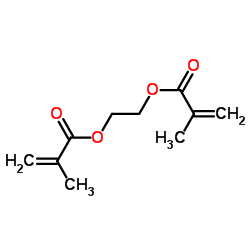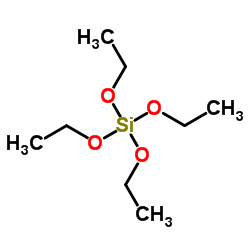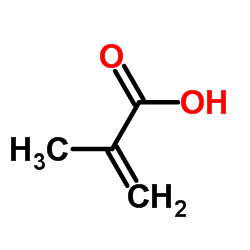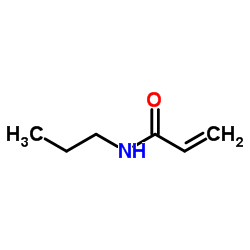| 结构式 | 名称/CAS号 | 全部文献 |
|---|---|---|
 |
乙二醇二甲基丙烯酸酯
CAS:97-90-5 |
|
 |
正硅酸乙酯
CAS:78-10-4 |
|
 |
甲基丙烯酸钠
CAS:5536-61-8 |
|
 |
甲基丙烯酸
CAS:79-41-4 |
|
 |
聚N-异丙基丙烯酰胺
CAS:25189-55-3 |